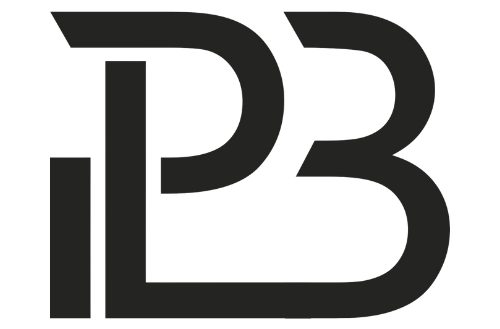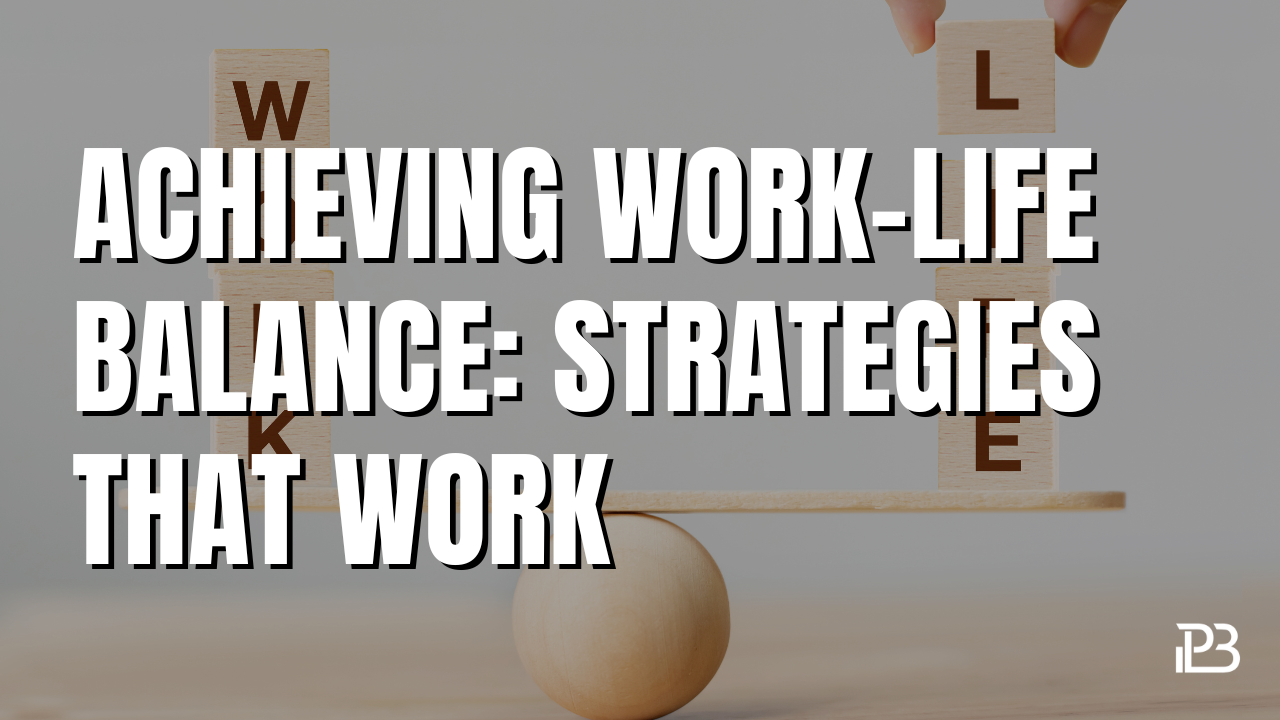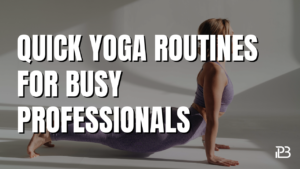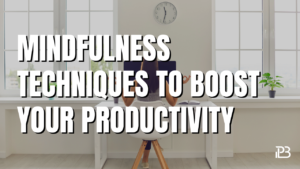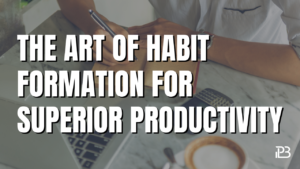Discover practical strategies and tools for achieving a healthier work-life balance. Learn how to manage your time effectively and boost productivity without compromising your personal life.
In today’s fast-paced world, maintaining a healthy work-life balance is more challenging than ever. With the lines between professional and personal life increasingly blurred, many professionals find themselves struggling to manage their time effectively, leading to burnout and decreased productivity. Achieving a harmonious work-life balance is crucial not only for your well-being but also for sustaining long-term productivity. This article explores practical strategies and tools to help busy professionals achieve a healthier work-life balance.
Table of Contents
Understanding Work-Life Balance
Work-life balance involves managing professional responsibilities and personal life in a way that reduces stress and prevents burnout. It’s about allocating time and energy to work, family, leisure, and self-care in a balanced manner. Achieving this balance enhances overall satisfaction, happiness, and productivity.
Strategies for Achieving Work-Life Balance
Set Clear Boundaries
Establishing boundaries between work and personal life is crucial. Define specific work hours and stick to them. Utilize technology settings, such as “Do Not Disturb” modes, to signal to colleagues and yourself when you are off the clock. Setting these boundaries helps in mentally separating work from personal time, allowing for genuine relaxation and recovery.
Prioritize Tasks
Identify your most important tasks and allocate specific times to focus on them. Use prioritization techniques, such as the Eisenhower Box, to categorize tasks by urgency and importance. This ensures that you’re focusing on what truly matters, enhancing productivity while allowing for personal time.
Learn to Delegate
Delegating tasks effectively can significantly reduce workload and stress. Identify tasks that can be handed off to others and provide clear instructions to ensure they are completed to your standards. This frees up time for high-priority projects and personal activities.
Embrace Flexibility
The traditional 9-to-5 workday may not suit everyone’s productivity peaks and personal responsibilities. If possible, negotiate flexible working hours with your employer to accommodate your most productive times and personal commitments. This flexibility can lead to improved efficiency and job satisfaction.
Incorporate Technology Wisely
Utilize productivity apps and tools to manage your tasks and schedule efficiently. Applications like Trello, Asana, or Google Calendar can help organize your professional and personal tasks, setting reminders for important deadlines and appointments.
Schedule Downtime
Actively schedule downtime into your calendar. This includes time for hobbies, exercise, socializing, and relaxation. Viewing these activities as non-negotiable appointments ensures that you dedicate time to recharge and enjoy life outside of work.
Practice Self-Care
Self-care is an essential component of work-life balance. Ensure you’re getting enough sleep, eating well, exercising regularly, and engaging in activities that reduce stress and enhance well-being. Taking care of your physical and mental health boosts resilience and productivity.
Enhancing Work-Life Balance with Helpful Resources
For those seeking to dive deeper into achieving and maintaining work-life balance, several books offer insights and strategies. Consider adding the following titles to your reading list:
- “Off Balance: Getting Beyond the Work-Life Balance Myth to Personal and Professional Satisfaction” by Matthew Kelly – This book challenges the traditional notion of work-life balance and offers a framework for creating personal and professional satisfaction.
- “The 4-Hour Workweek” by Tim Ferriss – Ferriss provides unconventional strategies for automating and outsourcing work tasks to free up personal time, advocating for a lifestyle of freedom and fulfillment.
Conclusion
Achieving a healthy work-life balance is essential for both personal well-being and sustained productivity. By setting clear boundaries, prioritizing tasks, embracing flexibility, and utilizing productivity tools, professionals can manage their time more effectively, leading to a more fulfilling life. Remember, work-life balance is not a one-size-fits-all solution; it requires continuous effort and adjustment to find the right balance for your unique circumstances. Incorporate these strategies and explore further resources to navigate the challenges of balancing professional responsibilities with personal satisfaction successfully.
Read More:
